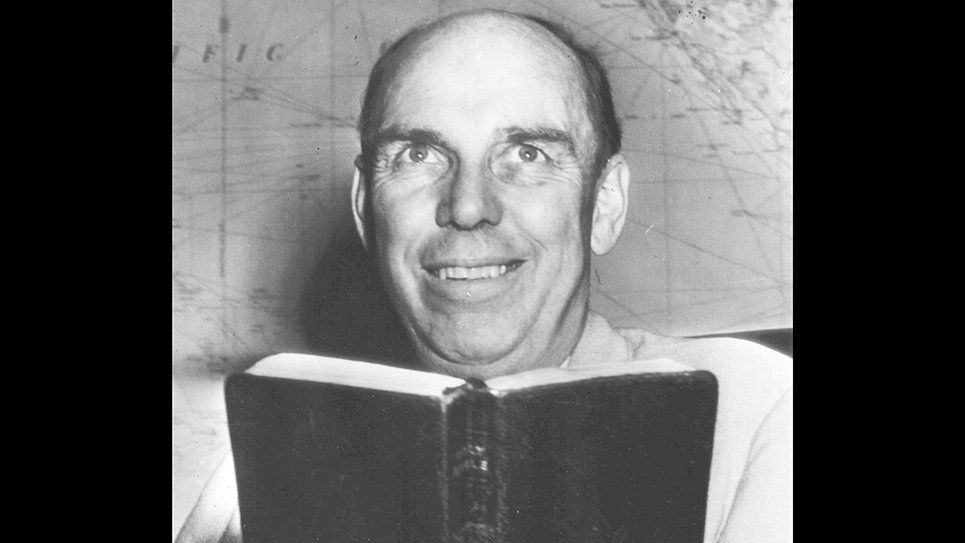March is Women’s History Month and I am inspired to write about an amazing jurist, lawyer, lawmaker and American woman, Sandra Day O’Connor. I had the pleasure to meet Justice O’Connor at a reception in Nashville before she addressed the Tennessee Supreme Court Historical Society in 2008. She was a warm, inquisitive person with a firm handshake wearing a purple jacket in a sea of black suits. Historically, purple is the color often associated with the law and royalty.
Sandra Day O’Connor was born in El Paso, Texas on March 26, 1930. She spent part of her childhood on her family’s Arizona cattle ranch. She attended Stanford University, graduating in 1950 with a bachelor’s degree in economics. She received her law degree from Stanford in 1952 and struggled to find a job as a female attorney in 1952. She offered to work for the county attorney for San Mateo County, California for free to get her foot in the door. This strategy led to a paid position as a deputy county attorney. She moved to Germany and worked as a civilian lawyer before settling in Arizona. She worked in private practice there before working for four years as Arizona’s assistant attorney general. She was appointed to the Arizona State Senate in 1969 and won election twice, serving as Majority Leader from 1972 to 1975. She was elected Judge of the Maricopa County Superior Court in 1975. She was appointed to the Arizona Court of Appeals in 1979.
Sandra Day O’Connor was nominated as an associate justice by President Ronald Reagan in 1981 and received confirmation by unanimous vote of the United States Senate to become the first woman on the United States Supreme Court. She was considered a moderate conservative, tending to vote with her conservative brethren but considering each case carefully and following what she believed to be the best intentions of the U.S. Constitution. She was often the powerful swing vote that decided high-profile cases. In the 1992 decision in Planned Parenthood v. Casey, she joined with Justices Kennedy and Souter, also Republican appointees, and with Democratic nominees Justices Stevens and Blackmun to basically uphold the Court’s previous decision in Roe v. Wade. She cast the deciding vote in the Bush v. Gore case in 2000 which upheld the original certification of Florida’s electoral votes and confirmed George W. Bush’s election. She voted with the majority in 2002 in Atkins v. Virginia ruling that “death is not a suitable punishment for a mentally retarded criminal.” She sided with the more liberal justices in 2003 allowing the use of race in the admissions policy at the University of Michigan law school (Grutter v. Bollinger) drawing the ire of the more conservative Justice Antonin Scalia. Perhaps her experience as the only member of the court to have been elected to public office guided her in working with both factions of a ideologically divided court.
After 24 years on this country’s highest court, Justice O’Connor retired in 2006, in part, to spend more time with her husband, John Jay O’Connor who suffered from Alzheimer’s Disease. They had been married since 1952 and had three children. He died in 2009. Perhaps coincidentally, purple is also the color associated with Alzheimer’s awareness.
Sharon Frankenberg is an experienced attorney licensed in Tennessee since 1988. Her office number in Knoxville is (865)539-2100.







